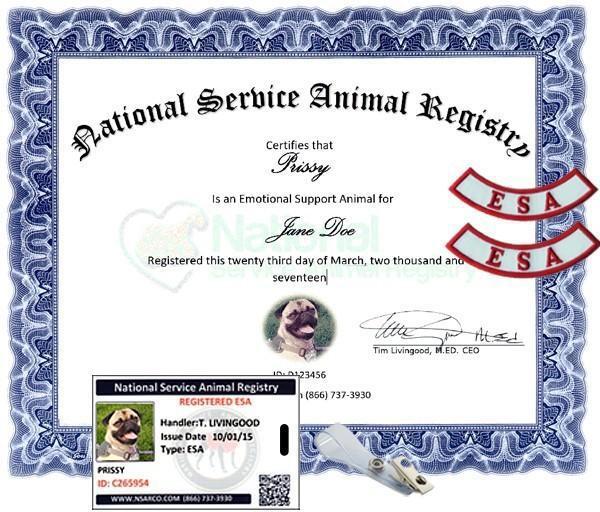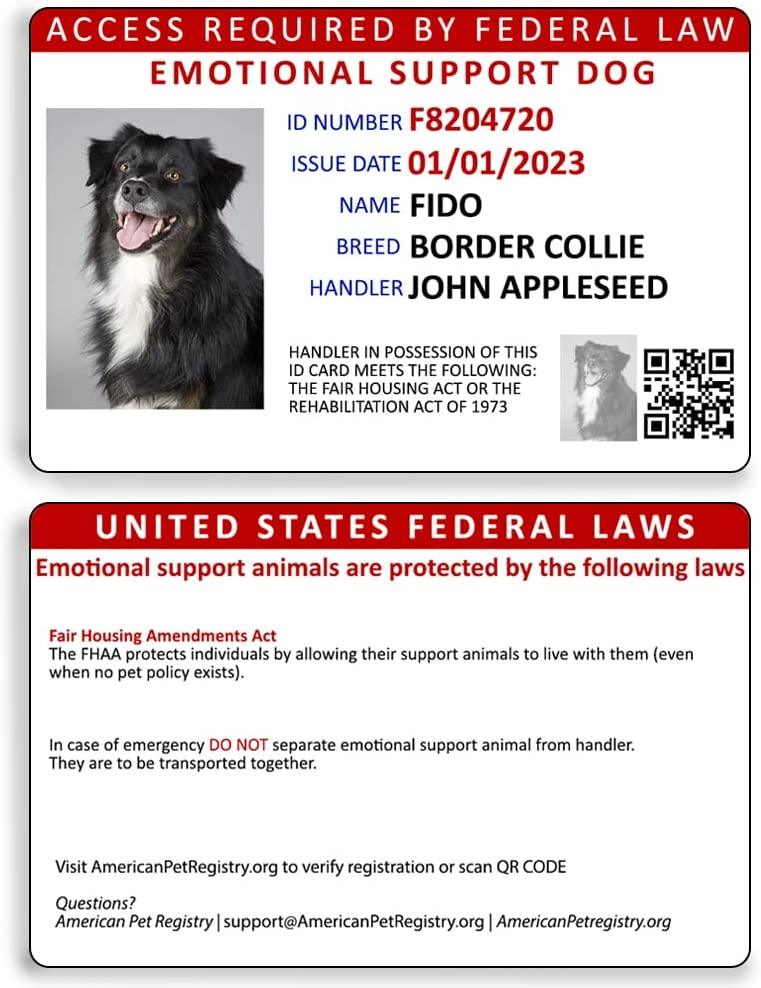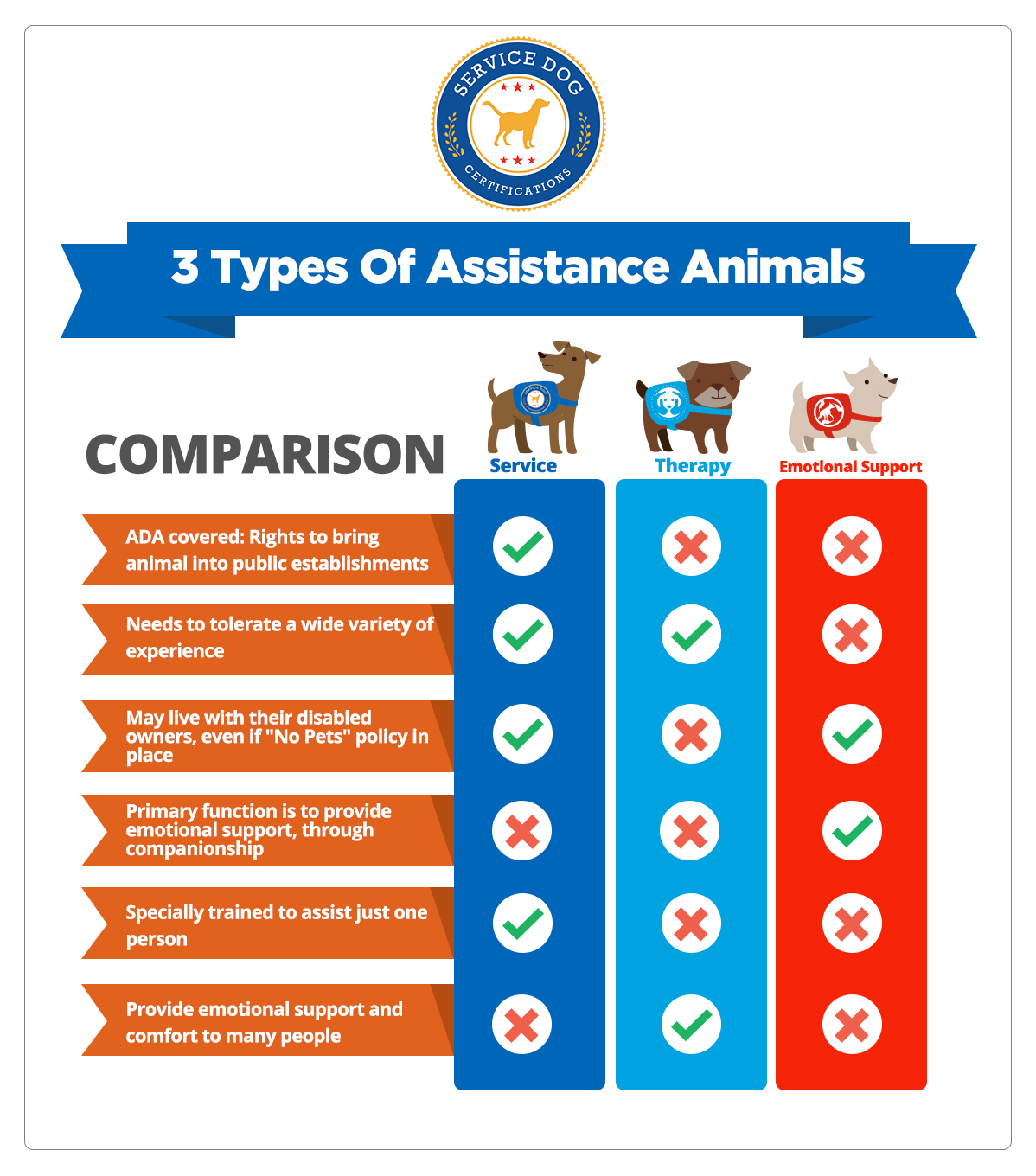How to Properly Register Your Dog as an Emotional Support Animal in 2025
Emotional support animals (ESAs) play a significant role in enhancing the mental well-being of their owners. Registering your dog as an emotional support animal in 2025 involves a clear process that can ensure you receive the support you need. Whether you’re dealing with anxiety, depression, or other mental health issues, having a registered ESA can provide comfort and companionship. In this article, we’ll explore the essential steps of the ESA registration process and the benefits you can gain from this support system.
Understanding the Benefits of Emotional Support Animals
Before delving into the emotional support animal registration process, it’s crucial to recognize the various benefits these pets offer. Emotional support animals provide invaluable companionship, reducing feelings of loneliness and anxiety. Numerous studies highlight their positive impact on mental health, particularly for individuals dealing with conditions like PTSD, depression, and anxiety disorders. People report feeling safer and more secure with their ESAs present, making everyday activities more manageable.
Emotional Support Animal vs. Service Animals
It’s important to differentiate between emotional support animals and service animals. While both can provide significant emotional support, only service animals have specialized training to assist individuals with specific disabilities. For instance, a service dog may guide its blind owner or alert someone with hearing impairment. In contrast, emotional support animals assist their owners simply by being their affectionate companions, which mitigates mental health symptoms. Understanding these differences can clarify the legal rights of emotional support animals in various situations.
Benefits of Having an Emotional Support Animal
Individuals who own emotional support animals can experience numerous benefits, such as improved emotional stability and decreased symptoms of mental health conditions. They can promote a greater sense of calm, provide a nonjudgmental presence, and create opportunities for social interaction. Notably, emotional support animals may also help ease panic attacks and provide comfort during challenging situations. Ultimately, integrating an ESA into your life can contribute positively to overall mental health and well-being.
The ESA Registration Process
Understanding the ESA registration process is essential in securing your dog’s status as an emotional support animal. The initial step usually involves obtaining an ESA letter for housing from a mental health professional. This letter confirms your need for an ESA and outlines the mental health condition you are experiencing. The next steps involve ensuring your dog meets any specified requirements for emotional support animals and gathering necessary documentation.
How to Obtain an ESA Letter
Obtaining an ESA letter for housing is a straightforward yet crucial process. Start by consulting a qualified mental health professional who can assess your mental health needs. During the appointment, explain how your dog helps improve your emotional health. If the mental health professional approves, they will provide an ESA letter, which should include your name, the professional’s signature, their license number, and a statement that you require the ESA. Keep this letter handy, as it acts as crucial documentation for any housing or legal matters.
Confirmation of Your Dog’s ESA Status
Once you have your ESA letter, the next step is to ensure that you and your dog are prepared for any challenges that may arise. While there is no official registry for emotional support animals, some organizations offer emotional support animal certification programs. These can provide validation and documentation that may assist in navigating housing concerns or other related issues. Ensure that any claims made by these organizations are legitimate and that they don’t conflict with local regulations regarding emotional support animal laws.
Common Misconceptions About Emotional Support Animals
Various myths surround emotional support animals, making it critical to understand the reality of emotional support animal laws. Many people mistakenly believe that ESAs are the same as service animals or that they are entitled to the same public access rights. While emotional support animals do have certain rights, particularly regarding housing, they do not have the same public access rights as medically trained service animals. Consequently, familiarizing yourself with the rules helps avoid misunderstandings and legal issues.
Emotional Support Animals and Landlords
Landlords must comply with the **Fair Housing Act**, which mandates that individuals with diagnosed emotional support animals have the right to live with their pet, even in properties with no-pet policies, as long as they provide a valid ESA letter. Tenants should be prepared to share the letter but are not required to disclose detailed medical information. Understanding your rights as an ESA owner is crucial for managing potential housing discrimination.
Training for Emotional Support Animals
While emotional support animals do not require specific training like service animals, basic obedience training is recommended. Training helps ensure that your ESA behaves appropriately in various environments, which can enhance safety and reduce stress. Additionally, having an adequately trained emotional support dog can make public interactions more manageable and pleasant, contributing to both your comfort and that of those around you.
Registering Your Dog as an Emotional Support Animal
Finalizing the steps towards registering your dog as an emotional support animal requires meticulous attention to the requirements established by law and the services you choose to use. Many individuals seek registration through various companies offering emotional support animal registration services. Understanding the legit registration processes can help you steer clear of potential scams and acquire valid documentation for your dog.
Choosing the Right ESA Registration Company
When looking for a company to assist with dog emotional support certification, research different emotional support animal registration companies thoroughly. Legitimate services will provide clear documentation, information about your ESA’s rights, and resources for navigating any challenges while ensuring that all their processes align with current emotional support animal laws. Take time to read reviews and testimonials before choosing a service to avoid misinformation.
Tracking the Emotional Support Animal Documentation
Once registered, maintaining and organizing your emotional support animal documentation is vital. Ensure you have the original ESA letter, any registration certificates you may have obtained, and documentation from your mental health professional indicating your needs. Keeping all related materials together simplifies future interactions with landlords, airlines, or any other institutions requiring proof of your ESA’s status.
FAQs
1. How do I get an ESA letter?
To obtain an emotional support animal letter, you must first schedule an appointment with a qualified mental health professional. During the evaluation, you’ll express your need for an ESA. If the professional concurs that your wellbeing could benefit from an emotional support animal, they will issue you an ESA letter that meets necessary requirements. This letter is crucial for establishing your dog’s status as an emotional support animal.
2. What qualifications are needed to qualify for an ESA?
To qualify for an emotional support animal, you generally need to demonstrate that you have a diagnosed mental health condition, such as anxiety or depression. A licensed mental health professional must confirm this through an evaluation, resulting in an ESA letter. It’s significant to remember that the emotional support animal is there to assist you with emotional stability, not physical tasks like service animals.
3. Can airlines deny my emotional support animal?
Airlines have specific regulations regarding emotional support animals, which have evolved post-2020. It’s essential to check individual airline policies before traveling. Airlines now require advance notice and proper documentation, primarily ESA letters, and some may have moved away from permitting emotional support animals in the cabin altogether. Ensure you verify each airline’s current rules regarding emotional support animals before booking your travel.
4. Are there emotional support animal registration scams?
Yes, several companies market themselves as official registries for emotional support animals; however, there are no federally recognized ESA registries. Always do your research before signing up for any service that claims to register your ESA. Choose providers that offer legitimate support and follow ethical and legal guidelines.
5. What rights do emotional support animals have in public?
Emotional support animals do not possess the same access rights as service animals in public spaces. As per current regulations, ESAs are typically allowed in housing situations that otherwise prohibit pets but don’t have guaranteed entry into restaurants, stores, or public transportation. It’s crucial to respect these limitations and maintain proper etiquette when it comes to emotional support animals being in public areas.
6. How can I find an emotional support animal?
Finding an emotional support animal may start with assessing your needs and lifestyle to decide what type of pet might be suitable for you. Local shelters or rescue groups can also be great resources for adopting a dog as an emotional support animal. Additionally, make sure to assess the emotional compatibility between you and the animal during the adoption process.
7. What kind of training do emotional support dogs need?
While emotional support dogs are not required to undergo formal training, basic obedience training is strongly recommended. This basic training ensures that your pet behaves properly in various situations. Training programs can provide structure and improve the bond between you and your emotional support animal, enhancing both your experiences.
Key Takeaways
- Ensure you understand the registration requirements and rights associated with emotional support animals.
- Consult a qualified mental health professional to obtain your ESA letter.
- Train your emotional support animal in basic obedience for better integration into public settings.
- Research legitimate registration companies to avoid scams.
- Maintain thorough documentation of your emotional support animal’s status and certifications.
By following these guidelines, you can navigate the process of registering your dog as an emotional support animal more effectively, ensuring that both you and your pet can enjoy the multitude of benefits provided by this companionship.
If you have more questions about emotional support animals or need assistance in navigating related processes, feel free to consult with qualified professionals or check reputable resources for further guidance.


